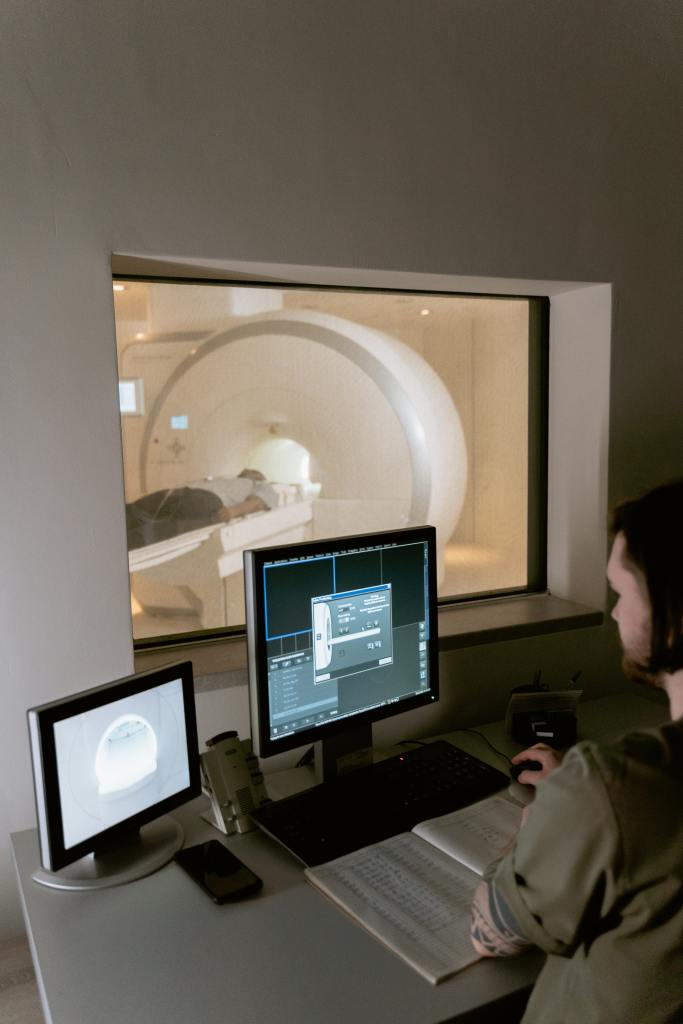
An MD graduate of New York Medical College, Peter “Pete” Killcommons is an accomplished executive who has dedicated both his professional career and personal endeavors to helping those in need. He is the founder and CEO of Medweb, a teleradiology and telemedicine service provider in San Francisco. Complementing his work with Medweb, Peter Killcommons is committed to improving children’s access to healthcare in underserved regions of the world.
Poor oral health and a compromised immune system can cause an extremely disfiguring and debilitating oral disease called noma. Noma starts out as a mouth blister. As the disease progresses unchecked, it causes the disintegration of soft tissues such as the lips, cheeks, and skin. At a severe stage, the disease destroys hard tissues, such as the jaw, and causes severe disfigurement of the face.
Noma is a preventable disease. According to the World Health Organization (WHO), noma can be prevented through quality childhood vaccination (which boosts the overall strength of the body’s immune system), proper nutrition, proper breastfeeding practices, and good oral hygiene.
While noma is caused by an unknown infectious disease, it is not contagious. Children from the ages of 2 to 6 in underserved regions of Africa, Asia, and Latin America are susceptible to noma. Without treatment, the condition is ultimately fatal in 90 percent of cases. Even after treatment, adverse complications like difficulty eating or speaking, severe facial disfigurement, and related social stigma often remain.



